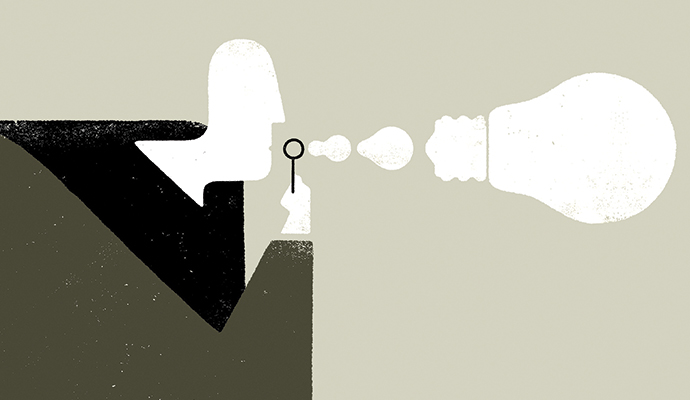Catering to Nervous Customers
In industries that offer necessary but often undesirable services, managers must strive to understand how their services affect the stress levels of their customers.
(originally published by Booz & Company)Title: Understanding Emotional Reactions for Negative Services: The Impact of Efficacy Beliefs and Stage in Process (Subscription or fee required.)
Authors: Elizabeth Gelfand Miller et al.
Publisher: Journal of Service Research, vol. 12, no. 1
Date Published: August 2009
Customer satisfaction is typically linked directly to quality of service; the better the service, the happier the customer. But what happens when the business is one that the customer would rather avoid — for example, an automotive repair shop, a health screening clinic, or a tax-preparation service? In an effort to better understand customers’ emotional reactions to these “negative services,” the authors of this study explored whether customer satisfaction is determined by the specific type of test, screening, or evaluation customers are undergoing. They hoped to determine what would make customers feel more comfortable and offer suggestions to companies that provide those necessary but somewhat undesirable services.
To do so, the authors differentiated between routine negative services — a 30,000-mile vehicle tune-up or an annual physical exam — and services that stem from a problem, such as a noisy engine or shortness of breath, and that thus necessitate longer, more costly visits or follow-up tests.
The researchers evaluated the ways in which consumers might react to a routine versus a targeted exam by surveying 70 women in a mammography waiting room at a university hospital. The resulting conclusion may seem counterintuitive. The study found that women undergoing a routine screening experienced more stress than those taking a diagnostic exam targeting a previously identified problem. Women in the former group were anxious about facing the unknown: What if something wrong is uncovered? The diagnostic exam, in contrast, was less stressful because it provided definitive answers about a woman’s condition.
The authors say that service managers should strongly consider the customer’s frame of mind during the negative service provision, and if possible keep routine and diagnostic customers separate. For example, service providers can help relax customers who are receiving routine checkups by making atmospheric adjustments, such as playing soothing music or providing magazines; customers facing diagnostic services, meanwhile, should be put at ease with detailed information on the type of service being performed, the latest advances in the field, and the types of treatments or solutions available.
Bottom Line: In industries that offer necessary but often undesirable services, managers must strive to understand how their services affect the stress levels of their customers. Only after understanding the customer’s state of mind can the manager provide the appropriate information or apply the appropriate techniques to reduce anxiety.![]()
Author profile:
- Matt Palmquist was a founding staff writer and is currently a contributing editor at Miller-McCune magazine. Formerly, he was an award-winning feature writer for the San Francisco–based SF Weekly.


